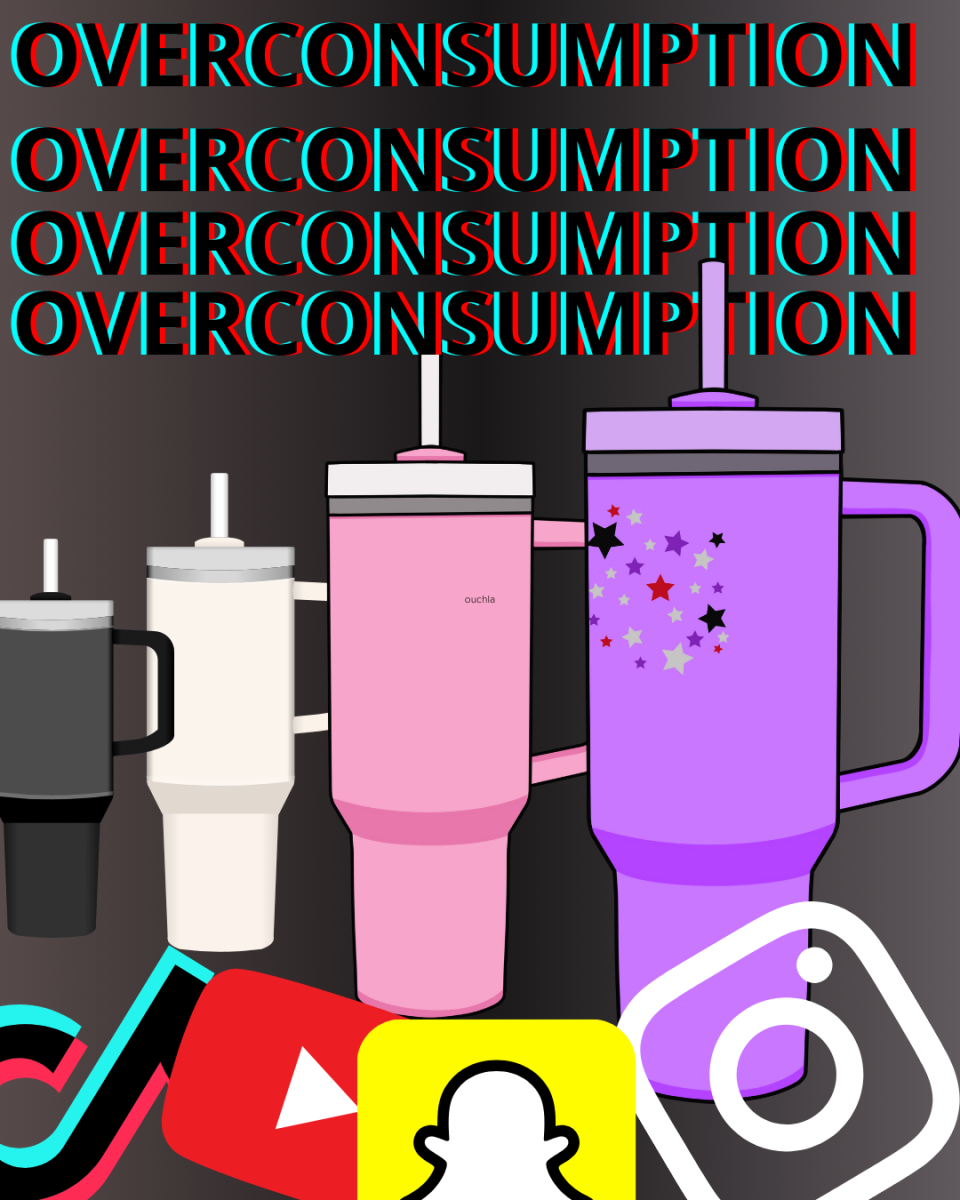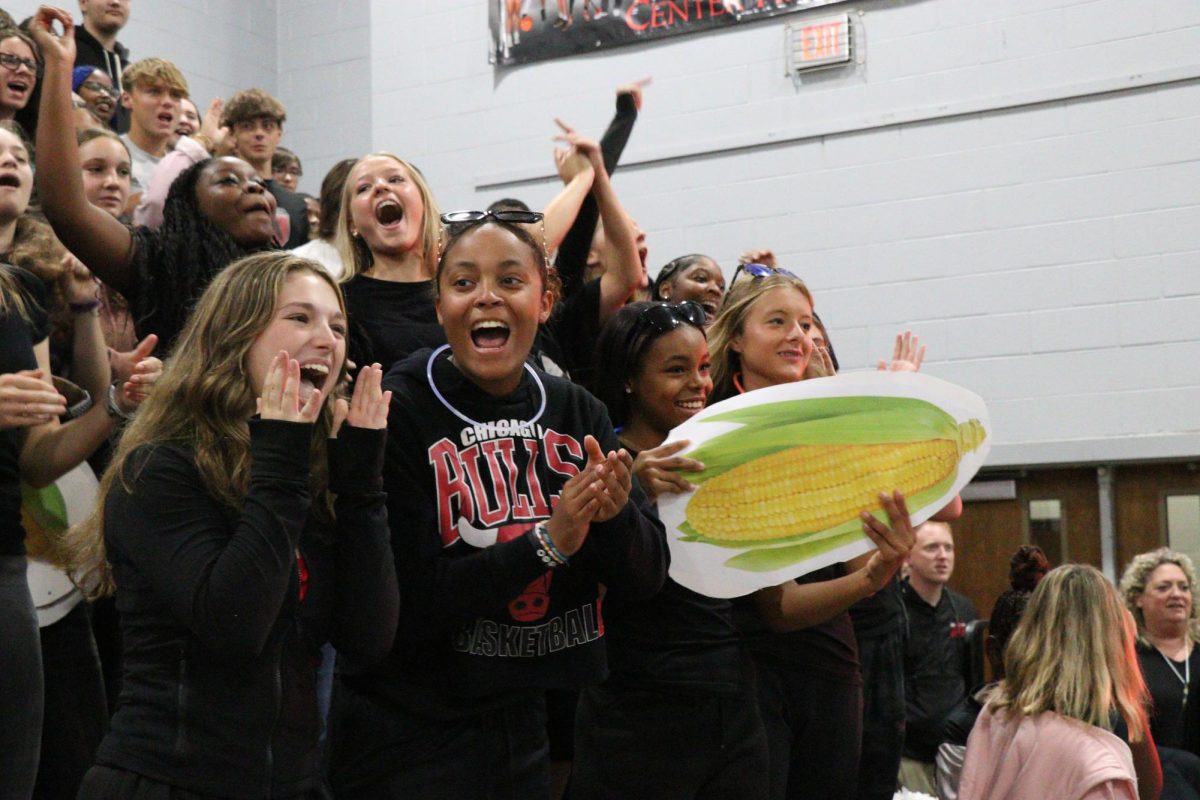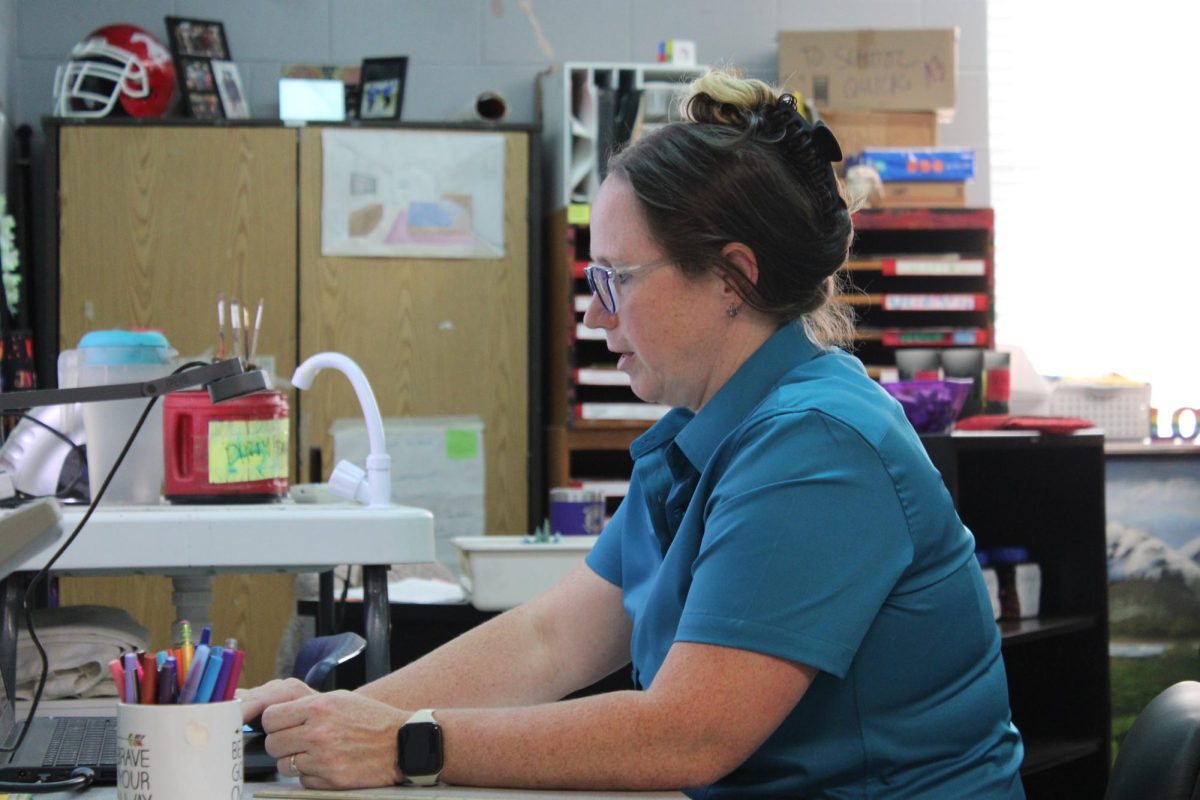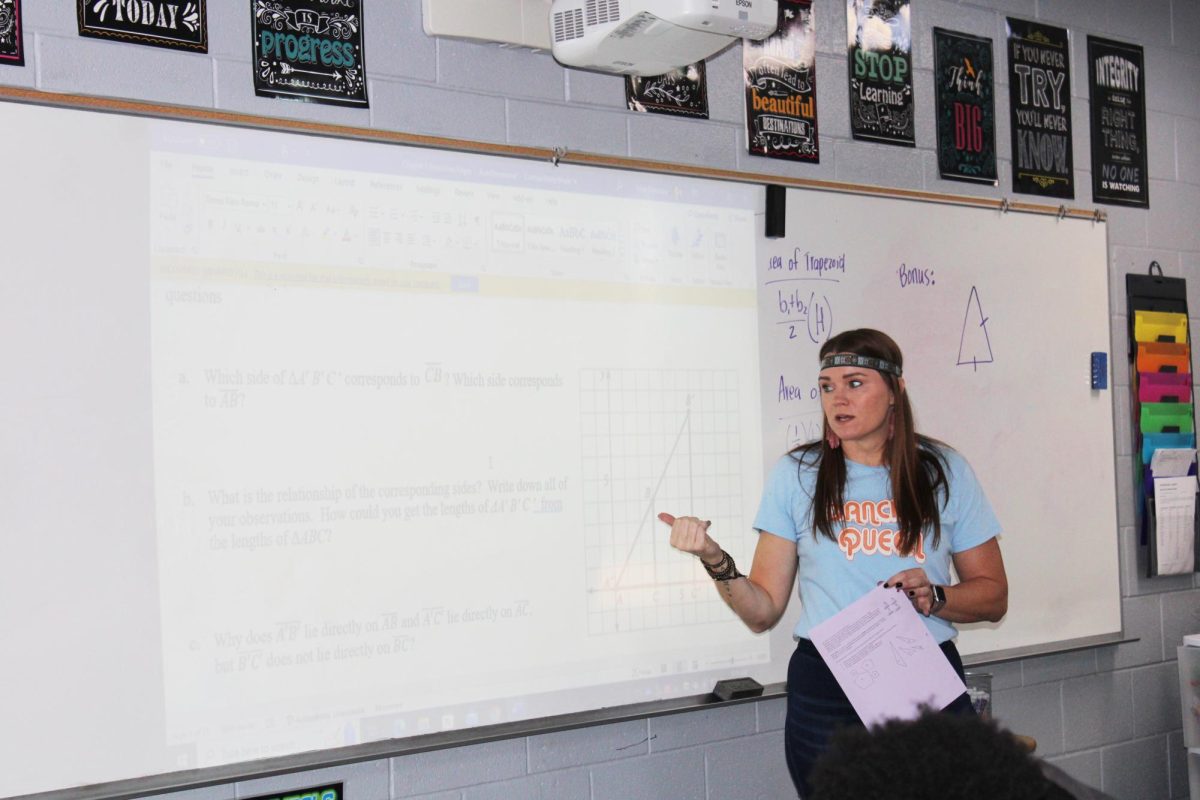Food insecurity in Mississippi has become an increasing issue over the years. For the past 14 years, Mississippi has been #1 for the hungriest state in America. According to the Mississippi Food Network, 1 in 6 people in the state go hungry, and 18.8% of children don’t know when their next meal is going to be. This “hunger epidemic” is a very real problem for Mississippians as it affects at least 480,000 people.
Different factors have contributed to this concerning trend. The main reason for this being the absolute lack of resources available to those who are hungry. The highest rates of food insecurity are from rural areas in the state. Due to the lack of grocery stores in these areas, people must either travel miles away to the nearest store or survive off of convenience store food, which lacks nutritional value.
Accessibility to food benefits is also a blockage that people living in food scarcity situations are forced to overcome. SNAP distribution centers are not highly numbered, with over 90% of counties having just one singular center. Those who make above the $15,000 income cutoff are also prevented from accessing SNAP benefits. Not to mention the fact that Mississippi is the strictest state when it comes to handing out SNAP.
Based on the reports from MoveforHunger, minorities in Mississippi are more likely to be affected by food scarcity in the state. Of the counties that are known to have food deserts, 1/3 of the population struggles with having food to eat, and of those populations 74-86% of them are African American. The fight for a non-hungry Mississippi is very real, and there are measures that can be taken to help this crisis.
On a state level, there are many things to be done to fix this problem. For starters, rural areas in Mississippi deserve the same access to resources as those in urban areas. There needs to be an entire reform project to go out to less-populated areas in the state to build grocery stores, food banks, community centers, etc. Going as far as implementing public transportation in these areas could do a world of good.
On the same hand, there should be a greater number of welfare buildings in the state than currently. Construction of more SNAP distribution centers would advantage those who must travel to different counties to receive benefits. The SNAP program itself should be reformed for those who cannot currently reap the benefits of such an amazing program. I propose taking a page out of other state’s books and providing something along the lines of on the phone interviews. Where applicants use a secure website to fill out the required information and await a phone call to know if they’ve been approved.
Steps can also be taken to help on a local scale. Donating money, food, and volunteer time to a local food bank can help feed hundreds. Calling state offices to voice concern about Mississippi’s food insecurity epidemic is also a way to bring more attention and hopefully inflict some change. Getting the word out is the most important thing that will influence a difference, food scarcity in Mississippi has been a silent killer for far too many years.
Read More:
- University of Mississipp | Food Insecurity
- Harvard University | Designing Food Security in Rural Mississippi
- Bread for the World | Mississippi: A Hunger and Poverty Snapshot









